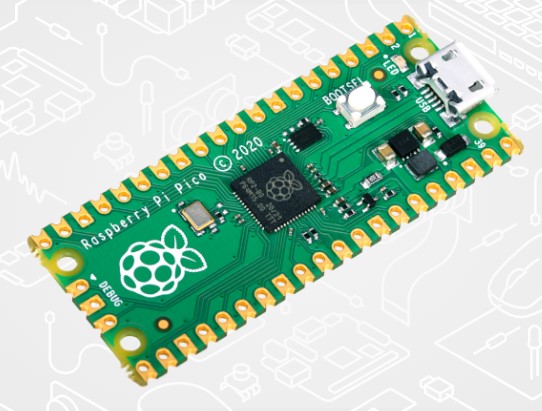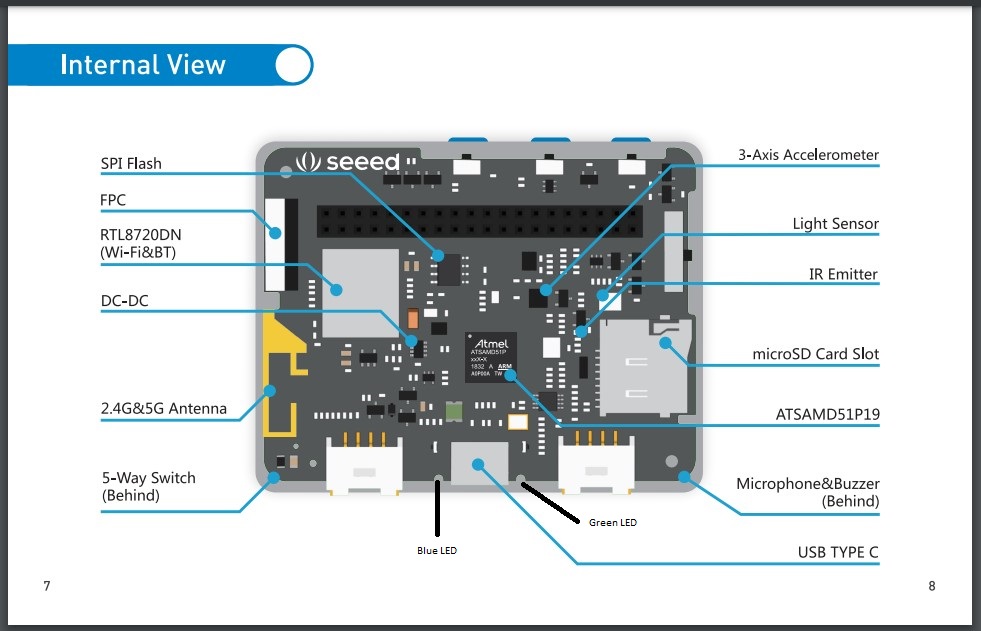
Pi Pico

Wio Terminal

(To enlarge .....Click it)
 Pi Pico |
(To enlarge .....Click it)
 Wio Terminal |
 by Learn Embedded Systems c2021DApr
by Learn Embedded Systems c2021DApr  in 2022GAug16
in 2022GAug16  by RPi 2022 F Jun 17
by RPi 2022 F Jun 17 Pi: New Raspberry Pi Products c2021
Pi: New Raspberry Pi Products c2021  by D@CC 2022C Feb 12
by D@CC 2022C Feb 12